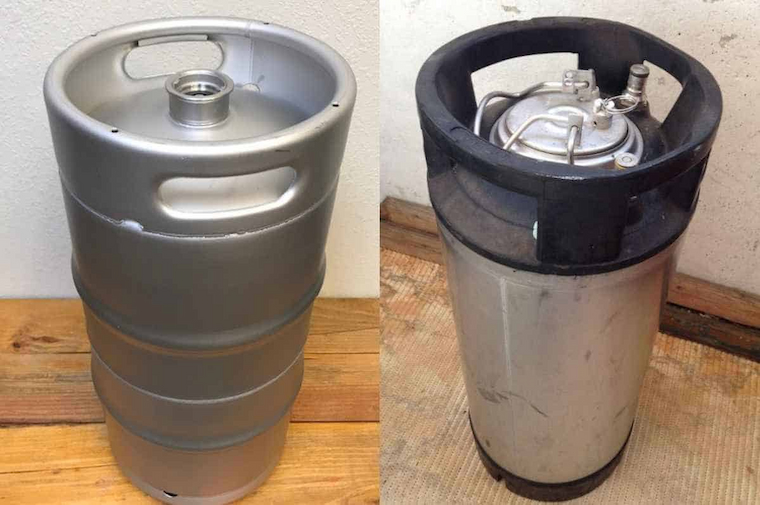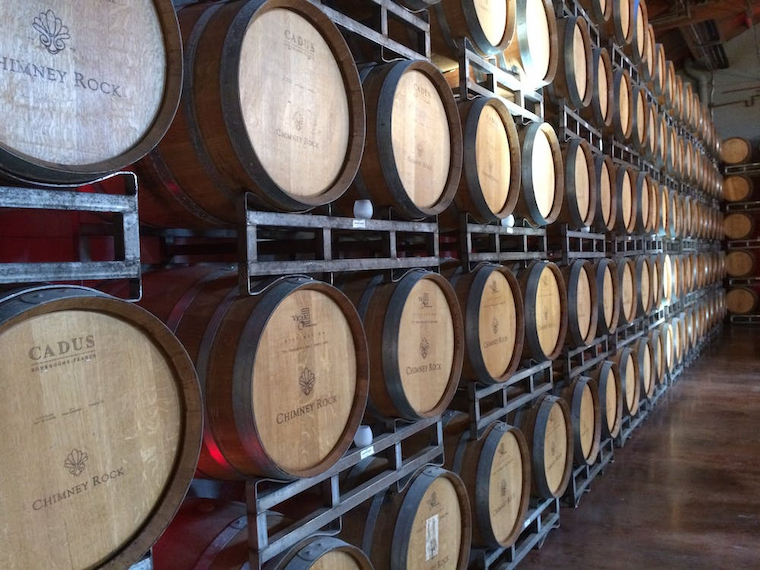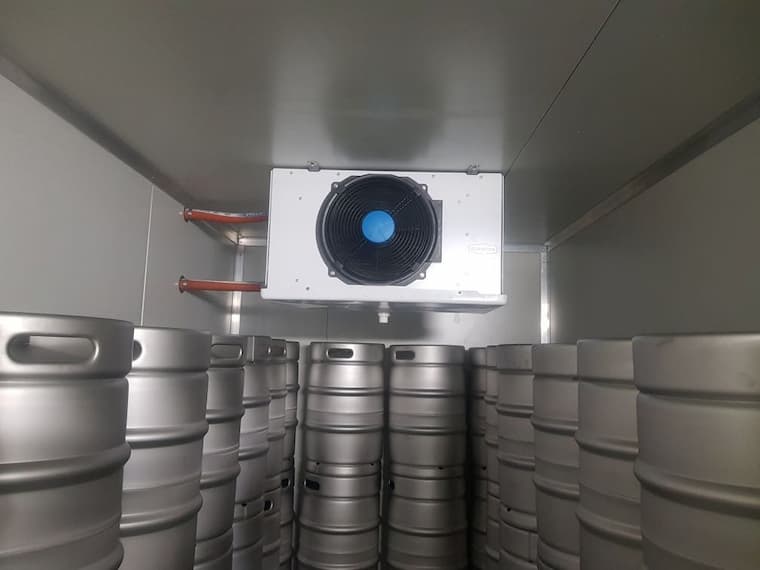The kegerator is one of the most preferred containers for beer, whether it is displayed prominently in the middle of a gathering, or concealed in a pub’s back room. After all, what could be a better way to transport that priceless liquid than in a large, spherical barrel that can be rolled, piled, and tapped?
While beer bottles are transparent, neither the complicated and uneasy chemical armistice found in the keg’s dark innards, nor the technology that keeps them in operation is visible. Instead, the beer will flow forth with the ideal ratios of foam, carbonation, coolness, and flavour when you turn on the spigot of a keg at a party or when you order a pint at the bar.
Since striking that ideal balance requires a lot of thought, not all brew kegs are created equal. To make you fully aware of what you’re getting into, the following guidelines will help you make an informed decision about the type of kegerator you need for maximizing your draft beer enjoyment!
Keg Sizes and Types

source: unknownbrewing.com
Unlike old wood barrels, PET and stainless-steel kegs are nowadays available in a wide range of sizes and types so that beer aficionados can brew their favourite booze without boundaries! For home or commercial brewing, the different type and size of keg has a different purpose and will be used in different situations.
Cornelius Keg
Also known as Corny Keg, Homebrew Keg, or Soda Keg, the tall and cylindrical Cornelius keg was initially created and is still used today for storing, transporting, and dispensing soda like Pepsi or Coke.
However, Corny kegs have become very popular with homebrewers who want to forego the process of bottling beer and enjoy their brew on draft. They have a five-gallon capacity, the size of a normal homebrew batch, and a design that is simple to fill, clean, and maintain.
Although some older versions still have pin-lock connections, most of the Corny kegerators use ball-lock connections.
Sixth Barrel Keg
A Cornelius Keg and a standard Sixth Barrel Keg or 16 Barrel are very comparable in size, shape, and capacity. To give you an idea, the 5.16-gallon capacity vs. 5.0 in a Corny Keg. The primary distinction is that the Sixth Barrel design uses a conventional keg valve that necessitates a keg coupler for dispensing rather than a ball or pin-lock connection system.
Since many craft brewers only give their small-batch experiments in kegs this size, 16 Barrels or sixtels have grown in popularity. Furthermore, because Sixth Barrel Kegs are smaller than their larger brothers, many beer-minded restaurant owners frequently choose them in want to give their patrons a wide selection.
Since two of these can fit in a single standard kegerator cabinet, if you choose to install a dual-tap keg when making your own beer at home, you will have a wide range of options to serve on tap.
Quarter Barrel and Slim Quarter Keg

source: pexels.com
The Quarter Barrel Keg, also known as the Pony Keg or Stubby Quarter, resembles the typical beer keg you’re used to seeing at keg gatherings but is considerably shorter, hence the term “stubby”. It is the ideal size for modest gatherings at 7.75 gallons.
The capacity of the tall and lean Slim Quarter Keg, on the other hand, is identical to that of its stumpier cousin, the Quarter Barrel Keg. This keg’s dimensions make it a popular option for people with dual tap kegerators, much like a 16 Barrel, but it contains 7.75 gallons, making it more than two gallons larger than a sixtel.
Half Barrel Keg
The 15.5-gallon Half Barrel Keg is perhaps the biggest keg for sale and is undoubtedly what comes to mind when you think of a beer keg. If you’re reading this, you’ve probably served yourself a red Solo cup or two from one of these beauties. This is the container that has been used to serve macro brews for centuries.
In addition to fitting any standard-sized kegerator, this is the keg that most bars and eateries use. You should likely stick to the smaller sizes if you’re curious to sample new brews.
50 Litre Keg

source: grainandgrape.com.au
European breweries use kegs that are 50 litres in capacity, which are comparable in size to their half-barrel American relative. Most kegs in Europe, including those in the UK, are in this size. Heineken, Newcastle, Hoegaarden, and Stella Artois are also well-known imports in Australia. Always keep in mind that foreign kegs do not utilize a typical US Sankey D coupler. To make sure you have the proper coupler for your keg, contact your supplier.
Mini Keg
A Mini Keg, which resembles a small barrel in form, is an excellent substitute for a 12-pack at a small get-together of friends. A 12-ounce portion will fill the 5-litre mini-keg about 14 times. The bung at the top of these miniature barrels is opened to let air in, and the spigot at the bottom is used to release the beer.
The Heineken mini kegs for sale which have a CO2 canister to dispense the beer are the most widely used and widely available. Despite the limited selection, depending on where you live, you may be able to locate a few more imports, such as Warsteiner and Bitburger and some craft beers, such as Bell’s Oberon Ale and Hopslam.
Keg Maintenance Tips
Now that you know what type and size of keg you’re getting, you might wonder “How do you maintain a keg of beer?” Keg upkeep for the typical home brewer will consist of washing it thoroughly after each use. However, when you hire kegerators from a supplier, they typically take care of their keg maintenance.
After emptying the kegs of your preferred beers, make sure to give them a complete cleaning. To truly eliminate any organic build-up inside, disassemble them and soak them in a sanitizing solution for at least 30 minutes to 1 hour. Then keep them sealed, dry, and cool, away from direct sunshine. Before using the keg again, re-sanitize it.
Keep an eye on the gas pressure system. Always use high-quality materials, and frequently check for gas leaks. Check all connections for leaks if you discover that your keg isn’t keeping the required PSI level. If none are discovered, you might want to pressurize the empty keg while it is covered in soapy foam because you might have an uncommon defective keg with a busted seam.














